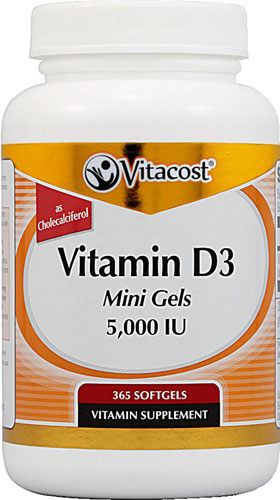The above plot is from Fig. 4 of Cytokine-mediated modulation of leptin and adiponectin secretion during in vitro adipogenesis: Evidence that tumor necrosis factor-α- and interleukin-1β-treated human preadipocytes are potent leptin producers and shows that leptin secretion from adipocytes increases non-linearly with increasing culture period.
As adipocytes fill, there's insignificant leptin secretion up to a certain level of fullness. Above that level of fullness, leptin secretion increases non-linearly. What this means is that reducing adipocyte fullness by x% reduces leptin secretion by more than x%.
If adipocytes become full due to a chronic caloric excess, there are two possibilities.
1a: If there is continued caloric excess, no preadipocytes are converted into adipocytes. There is no additional storage capacity available for excess nutrients, so they remain in circulation. T2DM has developed = bad.
1b: If there is subsequent caloric deficit, adipocytes start to deplete, storage capacity becomes available and T2DM goes away (if beta cells haven't been destroyed). The low number of fairly full adipocytes secrete sufficient leptin, so metabolic rate is high and hunger is low = good.
EDIT: This is the principle behind the DiRECT protocol.
2a: If there is continued caloric excess, pre-adipocytes are converted into adipocytes. This is adipocyte hyperplasia. There is additional storage capacity available for excess nutrients, so T2DM doesn't develop = good.
2b: If there is subsequent caloric deficit, adipocytes start to deplete. However, there are more adipocytes than in 1b, so for a given fat mass, adipocytes are less full than in 1b. The higher number of less full adipocytes secrete less leptin than in 1b, so metabolic rate is lower and hunger is higher than in 1b = bad.
Adipocyte hyperplasia is good for preventing T2DM as fat mass increases, but bad for metabolic rate and hunger after subsequent fat mass loss. Children are growing, so have adipocyte hyperplasia. Adults aren't growing, so have less/no adipocyte hyperplasia. Therefore, adipocyte hyperplasia during childhood will result in some protection from developing T2DM, but life-long misery due to increased hunger and reduced metabolic rate after subsequent fat mass loss. This is why I believe that children need to be protected from the persuasive marketing of manufacturers of CIAB (Crap-in-a-Bag/Box/Bottle).
See Beradinelli-Seip Syndrome – stick that in your pipe and smoke it and read the comments to see why adults with insufficient adipocytes are highly likely to develop T2DM. This is why Asians who remain skinny in childhood (so have no adipocyte hyperplasia) have a high risk of developing T2DM. Sumo wrestlers are Asians who become fat in childhood (so they have a lot of adipocyte hyperplasia) so they have a lower risk of developing T2DM.
According to Adipocyte Turnover: Relevance to Human Adipose Tissue Morphology:-
"Occurrence of hyperplasia (negative morphology value) or hypertrophy (positive morphology value) was independent of sex and body weight but correlated with fasting plasma insulin levels and insulin sensitivity, independent of adipocyte volume (β-coefficient = 0.3, P < 0.0001). Total adipocyte number and morphology were negatively related (r = −0.66); i.e., the total adipocyte number was greatest in pronounced hyperplasia and smallest in pronounced hypertrophy. The absolute number of new adipocytes generated each year was 70% lower (P < 0.001) in hypertrophy than in hyperplasia, and individual values for adipocyte generation and morphology were strongly related (r = 0.7, P < 0.001). The relative death rate (∼10% per year) or mean age of adipocytes (∼10 years) was not correlated with morphology."
If you want to remain slim, high fasting serum insulin due to hepatic and/or muscular insulin resistance and/or chronic overconsumption is bad.























